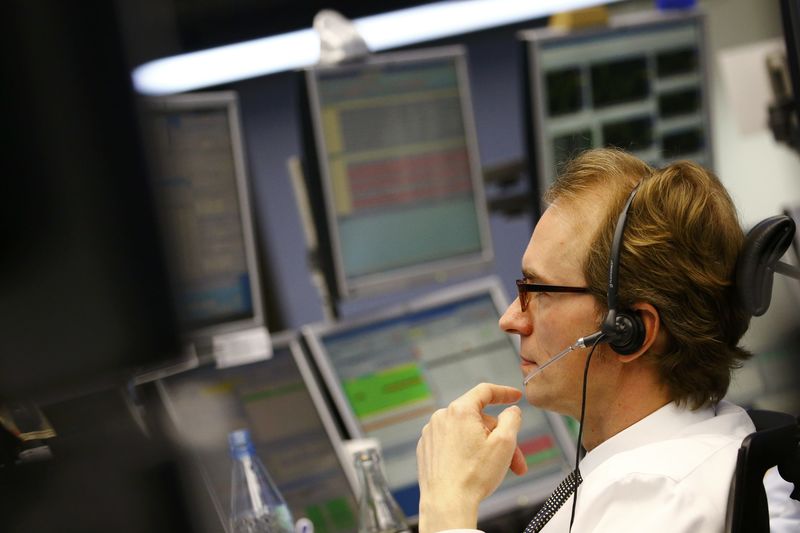Blazing Star Merger Sub completes Walgreens debt tender offer
Investing.com -- The Federal Reserve’s policy shift has prompted a wave of risk-taking across equity and credit markets, with systematic and hedge fund buying pushing positioning to higher levels.
According to Barclays strategists, the collapse in volatility has spurred an “institutional equity buying spree,” lifting exposures in the U.S. above average, although analysts warn that September’s seasonality remains a headwind.
Flows have tilted toward bonds and short-duration credit as investors price in lower U.S. rates.
“As U.S. rate cut expectations gathered steam, credit and short duration inflows have picked up, with long-only (LO) and CTA positioning showing a preference for bonds over equities,” strategists led by Emmanuel Cau wrote.
Still, the record $7.2 trillion sitting in money market funds provides what the bank called “dry powder to keep buying dips” alongside steady buyback activity.
Strategists also pointed out that nearly half of the 2025 buyback authorizations have yet to be executed, with repurchases typically picking up in September.
They note a nascent broadening in market participation, with lagging sectors in U.S. non-Big Tech and overseas equities outperforming on Fed cut hopes, geopolitical easing and better data.
In Europe, cyclical laggards rallied on improved PMIs and Ukraine peace talks, narrowing the gap with defensives. Yet positioning in high-beta and short-cycle names remains cautious, leaving scope for further upside if momentum holds.
Rotation trends are also changing across regions. U.S. investors and CTAs have turned sellers of Europe, redirecting flows into American markets, while France has become a weak spot with outflows tied to political risk.
Domestic European investors remain the main buyers, while Germany’s inflows have moderated.
Meanwhile, inflows into Japan are holding up, and foreign demand for Chinese equities continues despite broader emerging-market outflows.
Barclays cautions that the Fed’s support could backfire if labor market conditions deteriorate. A rise in unemployment would likely slow equity inflows and risk unwinding household allocations.
For now, resilient activity data and positive earnings revisions underpin the bank’s overweight call on equities, though the analysts stress that “positioning risk is more two-sided now” given how far exposure has already risen.
They add that index volatility remains subdued, making hedges relatively cheap and providing investors with tools to manage both upside and downside risks.
